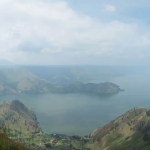Harvard-led team to search cosmos for extraterrestrial space tech and UFOs0
- From Around the Web, Space, UFO News
- July 27, 2021
Are there intelligent extraterrestrial civilizations capable of building technologies that can travel between the stars? An international research project is poised to find out.















